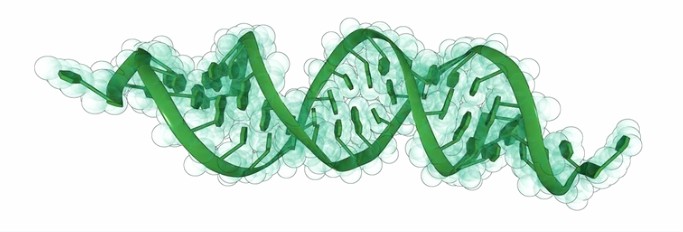RNA Interference in Physcomitrella patens
Physcomitrella patens has simple nutritional requirements for growth, is easy to cultivate, its gametophytes are dominant in its life history, and the phenotypes of its mutants can be studied directly. In addition, its nuclear genome is prone to high-frequency homologous recombination with exogenous DNA with homologous fragments, which makes precise gene disruption and knockdown possible and provides good material for studying gene function.

Lifeasible is a specialized plant research company, and we provide comprehensive solutions for the genetic transformation of bryophytes and gene function studies. Our Physcomitrella patens RNA interference solution adds a powerful tool for the functional analysis of bryophyte genes and plays an important role in studying Physcomitrella patens gene function.
What do we offer?
Physcomitrella patens undergo efficient homologous recombination, which can be used to study individual gene functions by generating gene disruptions. However, gene disruption cannot be isolated in haploid-dominant Physcomitrella patens if the gene under study is required. In addition, gene disruption does not always produce observable phenotypes due to the redundant functions of the genes involved. We provide RNA interference (RNAi) that can provide mutants for both cases. RNA interference (RNAi) is a powerful tool to selectively silence the expression of target genes by introducing small RNA molecules. In Physcomitrella patens, RNAi has a wide range of applications for the study of gene function, the study of developmental processes, and the potential for advances in biotechnology.
Application of RNA Interference in Physcomitrella patens
- Gene function analysis. Clarifying gene function is one of the key uses of RNAi in Physcomitrella patens. We accomplish this by creating tiny interfering RNAs (siRNAs) and introducing them into the cells to suppress the production of particular target genes. This research method has helped us gain important knowledge about the function of target genes in a range of biological processes, including growth, development, and stress reactions.
- Developmental studies. Physcomitrella patens has a straightforward shape and life cycle, making it a great model for understanding plant development. Understanding the regulatory pathways involved in diverse developmental stages, such as gametophyte and sporophyte development, has benefited greatly from using RNA interference (RNAi). We can decipher the intricate genomic networks that govern these developmental processes through targeted gene silencing.
- The use of RNA interference in Physcomitrella patens for biotechnological purposes is quite promising. Physcomitrella patens is a desirable platform for metabolic engineering and synthesizing recombinant proteins due to its capacity to take up exogenous DNA and carry out homologous recombination efficiently. Endogenous genes can be downregulated via RNA interference (RNAi), which can also guide metabolic flux to create particular target substances like medications or biofuels.
- Enhancing stress tolerance. Physcomitrella patens is the ideal structure for researching plant stress responses because it is extremely sensitive to environmental stress. To increase moss tolerance to various abiotic and biotic stimuli, we utilize RNA interference to manipulate the expression of stress-related genes used to enhance moss tolerance to various abiotic and biotic stresses. This study of ours is an essential research guide in improving stress tolerance in agriculturally important crops.
Our service advantages

Lifeasible is dedicated to bryophyte gene function research based on our advanced technology platform and years of experience in research services. If you are interested in us, please feel free to contact us.
For research or industrial raw materials, not for personal medical use!

